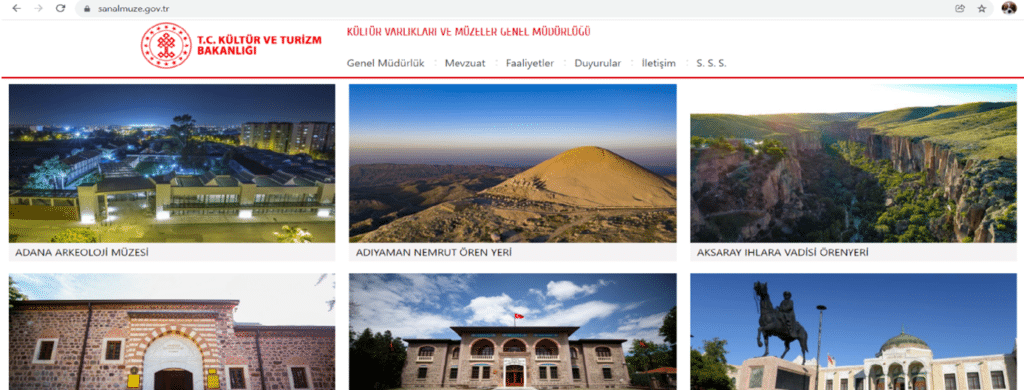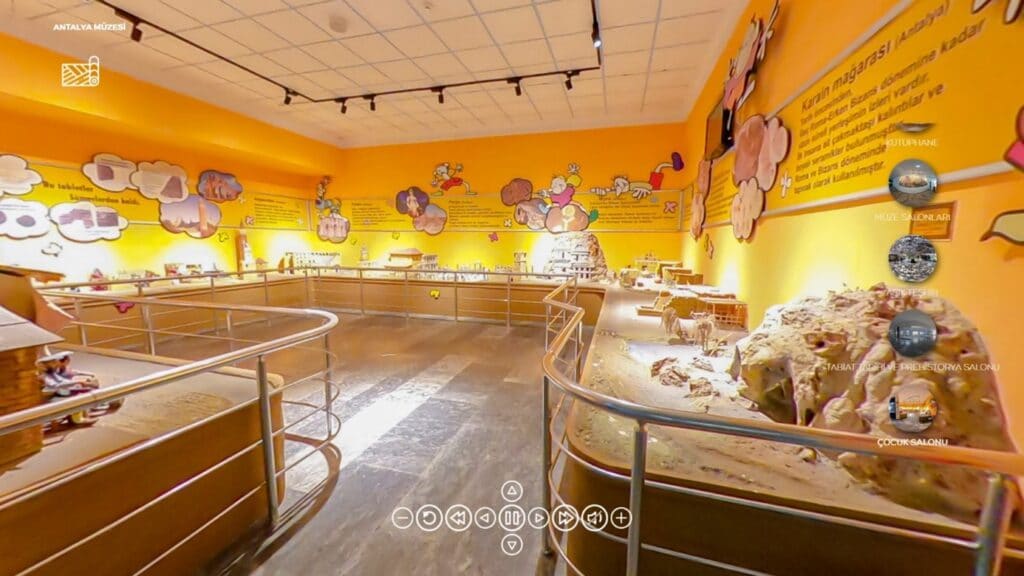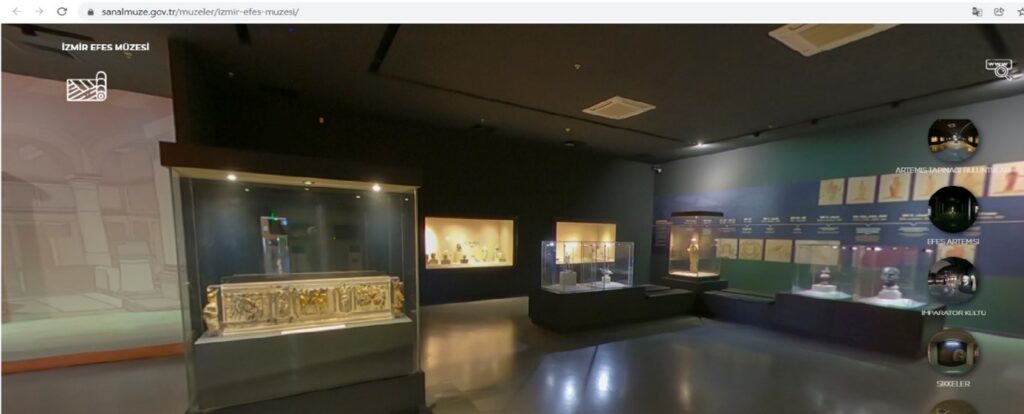An Evaluation of Museums in Turkey During the Pandemic (Meltem Yaşdağ, Turkey, ITP 2011)
Written by Meltem Yaşdağ, Culture and Tourism Expert, Ministry of Culture and Tourism, Ankara
Various measures have been taken and bans have been implemented in Turkey since March 2020 to reduce the effects of the global pandemic. In order to stop the spread of the virus, schools and public spaces have been closed and a curfew has been declared in Turkey, as in other countries, in the last two years. The most challenging problem for society during these measures was that people had to continue their education and business life using the internet and digital platforms. Of course, while the basic dynamics of life are continued virtually, places such as museums, cinemas, theatres, libraries, restaurants and cafes, which are important places of social life, have also been affected by this process.
Museums have been at the forefront of the cultural institutions affected during the global pandemic. Museum studies in Turkey, which started with the compulsory closing of museums to their visitors and changed shape with new applications, put technology, internet and social media at the center of their studies. For this reason, the main purpose of these activities in the process followed is that museums continue their virtual museum studies in line with their technical and economic possibilities, and perhaps they have created the opportunity to reach more people than ever before, even at their homes.

Digital exhibitions focus on information and images, which started simultaneously with different countries of the world, became functional in Turkish museums during this period. For this, museums have shared with tags on their social media accounts. In addition to museums, some non-governmental organisations, associations, and universities that continue their work on museology have also held live broadcasts, webinars, seminars, workshops, conferences, and conversations with subject experts either through social media accounts or via online video conference systems. In these webinars, conversations, workshops and conferences held with museums, NGOs, universities and associations on social media accounts such as Instagram, Facebook, Twitter, Youtube, held during the global pandemic, the focus was on the general title of global epidemic and museums.
In addition, the effects of the global epidemic on museums and museology studies; Discussions were held on issues such as individual, social and institutional problems (psychological, cultural, economic, etc.) and solution suggestions, and possible changes in the field of museums and museology in the future. All of these studies are the result of efforts to continue museum studies, to strengthen the museum-society relationship, to promote museums, to educate individuals to ensure the sustainability of museums, to increase their awareness levels, to have a good time, to develop methods of using technology in order to provide financial resources, in short, to protect the future of museums.

At the end of all virtual workshops and webinars, the following emerged: The biggest impact of the current process on the state of museums in the future is the necessity to train technical and competent staff equipped with digital knowledge, who can follow the innovations in accordance with the rapidly changing nature of technology, apply this information to museum studies. This need makes the importance and value of interdisciplinary studies much more palpable. The necessity of training museum staff currently working in the museum in this sense has revealed that museums, one of the main functions of which is education, should carry out more comprehensive studies not only to educate the public and the young generation, but also to train their own staff.
One of the important details that emerged is the need to digitise the objects and exhibits in the museum and make them displayable in the virtual environment. In addition to the problem of raising competent personnel who can achieve this, the necessity of creating a digital archive and protecting it against possible digital thefts, and how to ensure the reliability of this archive are important issues to be considered. The economic problems that have emerged and will continue to emerge during this difficult period should not be ignored. Although they are non-profit institutions, museums must have an economic income in order to survive and ensure their sustainability. With the entrance fees paid by the visitors, the souvenirs they buy from the museum, the café-restaurant services within the museum, the museums that create financial resources will host fewer visitors after this process, and new virtual financial resources (e.g. online shopping) will be used again by using technology.

The museums of Turkey, who survived a difficult age, actually joined the practices of the digital age simultaneously with the world museums. During the pandemic, 33 Turkish museums hosted visitors virtually at www.sanalmuze.gov.tr, and a record was broken in these visits. During this period, more than 11 million people were among the virtual museums, Göbeklitepe, the War of Independence Museum, the Ephesus Ruins, the Troy Museum and the Anatolian Civilizations Museum were the places that hosted the most visitors. Returning to the routines of today’s business seems to have increased the medium and long-term goals required for “sustainability” for long-term designs.
